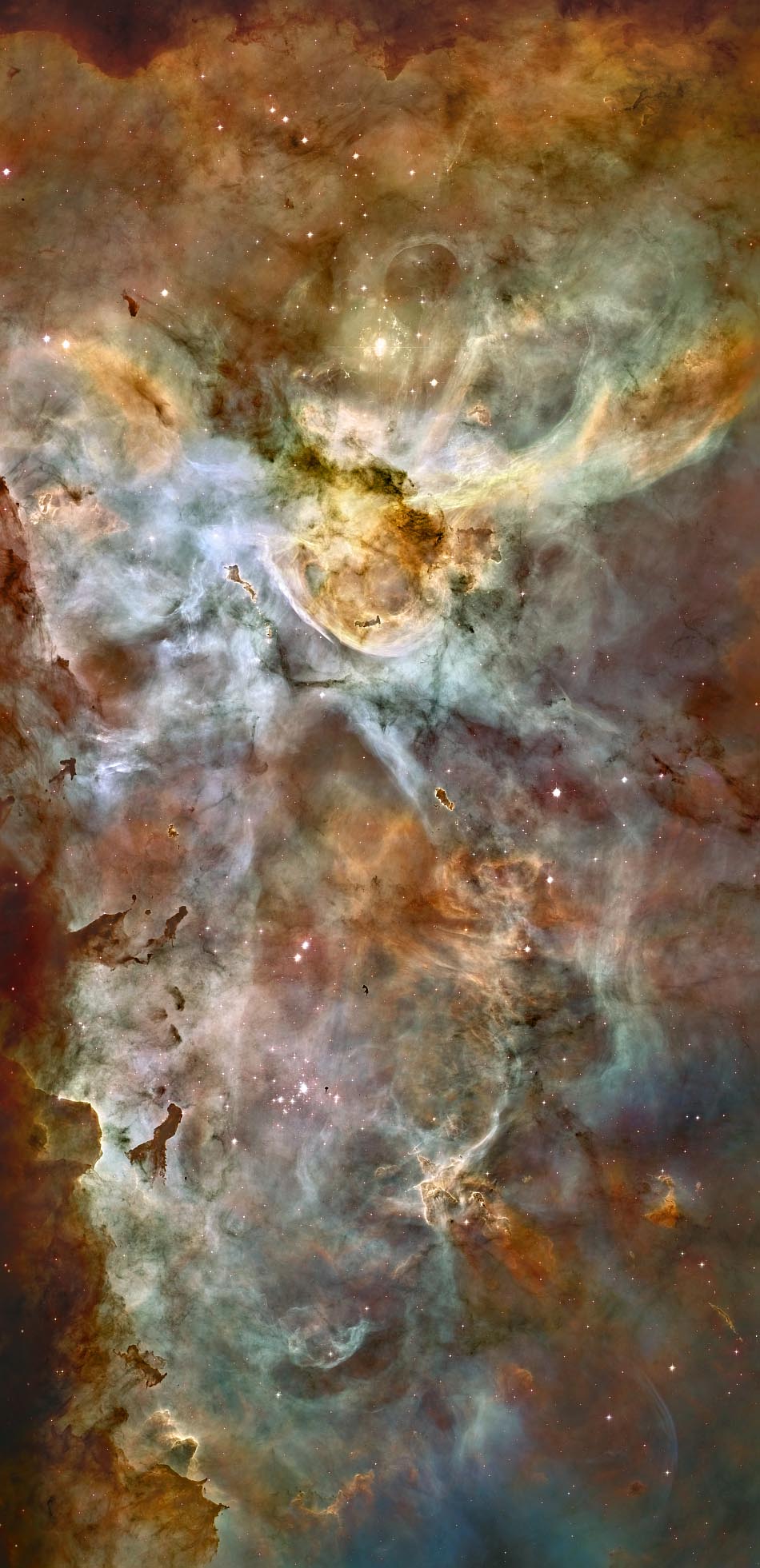Added 1 new A* page:I came across a new AP article today about a child diagnosed with progeria, which has been called an "aging disease"; a genetic disorder caused by a mutation, a baby with progeria will go from having the symptoms of a small, weak newborn more or less straight to the symptoms of a small, weak elderly person; people born with progeria rarely live into their mid-20's.
I hadn't known about progeria before, and I found it interesting in terms of A*, because in order to produce adult clones within the lifetime or near-lifetime of the person cloned, which...well, it saves the story a lot of waiting around, you know, and besides it would be a lot more efficient...anyway you need something Selenis once called "accelerated aging."
Progeria definitely wouldn't be what you would want for that, since it doesn't produce any sort of robust adulthood between birth and death, but it at least shows that one or more of the mechanisms that may be responsible for aging can be sort of sped up. The Wikipedia article on the disorder, which I linked above, says it operates as follows:
The LMNA gene is responsible for producing lamin proteins, which provide strength and stability in cells. Lamin A and Lamin C support the nuclear envelope. When Lamin A is altered, it affects the shape and the function of the nuclear envelope. These changes cause other cells to die prematurely.
Unlike "accelerated aging diseases" (such as Werner's syndrome, Cockayne's syndrome, or xeroderma pigmentosum), progeria is not caused by defective DNA repair. Because these diseases display what are considered different aspects of aging, but never every aspect, they are often called "segmental progerias". |
So in fact there are a whole host of such genetic disorders, prematurely causing various problems usually associated with old age. And there's a name for the scientific field dedicated to studying the biological processes of aging: biogerontology.
Those disorders, though, tend to deal with the, well, negative aspects of aging, rather than what Selenis would be interested in using, namely accelerated bone, muscle, and organ growth, accelerated onset of sexual maturity, etc. And ideally you would want to be able to regulate them a little--once the clone was close to the desired "age," you'd want to put the brakes on a bit. While I don't at the moment know of methods or even disorders that mess with the timing of such biological processes, there must be some sort of biological mechanism(s) controlling their rates, and somehow to me it doesn't seem too far-fetched to think that some day someone--perhaps a somewhat amoral someone, I suppose =p--might be able to manipulate them a bit.
~~~~~~~~~
Anyway that wasn't even what I meant to talk about today, although the main topic is going to involve not so much talk as a big picture, so perhaps it's just as well that I had a wordy but un-illustrated subtopic to partner with it. The bandwidth-heavy topic, then, is the Carina Nebula, home of the huge and somewhat unstable Eta Carinae star system that I was talking about yesterday.
It is a very large and bright nebula, but doesn't grab as many headlines as it should perhaps because you have to be in the southern hemisphere to see it. Fortunately though Hubble can see it for those of us in the wrong hemisphere--and see it quite well, since it's "only" 7,500 or so light years away; I've always liked this false-color mosaic of the whole nebula taken by Hubble, where "red corresponds to sulfur, green to hydrogen, and blue to oxygen emission":

image by NASA, ESA, N. Smith (University of California, Berkeley), and The Hubble Heritage Team (STScI/AURA) (source)
^ That is about 50 light years from top to bottom. Eta Carinae is the really bright star in the middle of the top half. The complicated cloud below it is called the Keyhole Nebula. And the brightest star in that cluster of bright stars in the middle of the bottom half is HD 93129, a binary system which really should have a cooler name, since its component hypergiant and supergiant stars weigh in at a collective 200 solar masses, which is much heftier than Eta Carinae. It has fewer issues and causes less drama, though, so, you know--squeaky wheel and all that. Poor HD 93129 gets no respect, I tell ya!
(Wikipedia has a map of the Carina Nebula over here.)
Incidentally, Hubblesite, which as I mentioned a week or so ago is run by the Space Telescope Science Institute (STScI) under contract from NASA, has a neat zoomable version of that image, in which you can zoom in to much higher detail than I was able to fit in the confines of this column!
Their source page for the image has some interesting info about the nebula: it is thought to have started as a huge cloud of hydrogen gas; it clumped together in spots which ignited into stars about 3 million years ago (quite young for stars, considering that our own Sun is over 100 times older: 4.6 *billion* years old!), and those started blowing the surrounding gas and dust into interesting shapes; that outrush of material is now compressing against the cold hydrogen enveloping the nebula, triggering new waves of star formation. The article says "In looking at the Carina Nebula we are seeing the genesis of star making as it commonly occurs along the dense spiral arms of a galaxy."
|
